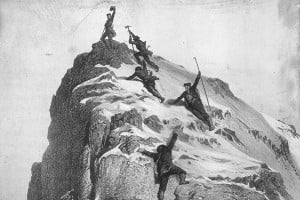
How come some people can dance happily along narrow ridges while others crawl and cower? Face your fear, says Ethan Thomas, but do it SMART.
Eleanor Roosevelt said “Do one thing every day that scares you.” She was more of a politician than a mountaineer, but I guess it’s transferable. If you don’t confront fear you can’t really do much about it. I’ve come to see it as a wall - a barrier in our mind that stops us going any further unless we really push against it. Some of us have our wall rather close to home whilst others have it set far away well out of sight. What you have to decide is if this wall is a problem. Perhaps the people who really have a problem with it aren’t the ones who keep running into it, but those who stay clear of it, consistently looking the other way.
There are certain places in the UK hills that seem to have built up a scary reputation in the hillwalking community. Ridges such as Crib Goch, the Aonach Eagach and Striding Edge have all been made to sound like the North Face of Changabang somewhere along the line. I have met many seasoned walkers who have been putting them off for decades. Then I have met the ones who did them decades ago, haven’t stopped talking about them since, and are probably half the reason why the former are still plucking up the courage to try them!
Inspiration for this article came from a man I met abandoning his ascent of Ben Nevis, a couple of months ago, after being put off by the sight of the CMD arête. He advised me to turn back as it was “a bit too narrow.” Initially the comment amused me as surely it hadn’t narrowed any since the last thousand or so summiteers went along it.
But then it dawned on me that this man hadn’t been close enough to get a true perception of its width. He had seen his wall approaching and turned around before it got too close.
There is a clear difference in how people react to exposure. The ones who run along barely batting an eyelid are presumed fearless by those inching along on their bums, like a dog in need of worming. But this is just an example of repetition and practice. Managing fear is a skill. And like all skills, the better at it you get the less you have to think about it. Those who have challenged their wall of fear enough times find it stops presenting itself to them on certain terrain. Doubtless they’ll find it again somewhere else, and then they’ll have to make the choice all over again, whether to continue fighting it or let it win for the day. And this choice needs to be thought through. After all, as well as being a wall to overcome, fear can also be a valuable indicator that we ignore at our peril. Sometimes it is fully justified!
10 tips for anyone suffering from excessive fear in the hills:
1. Don’t ignore your weaknesses. No one has ever solved a problem without acknowledging its existence. Have the strength to embrace your weaknesses. From here the development process can commence.
2. Now decide to do something about it. You’re going to have to start confronting fear. The thought of this might be giving you the butterflies right now, but get used to that feeling. Treat it like exercise. Use the following to create a training plan and stick to it. The longer you follow it the easier it gets.
3. Be SMART when setting goals. This is a proven system: Your targets need to be Specific, Measurable, Actioned, Realistic and Time-Bound. Simply saying “I want to be fearless” will not help you. Instead, how about “three months from now I will be able to ascend Blencathra via Sharp Edge with a calm and confident approach”? Now that’s smart!
4. Set many goals. Once you get the hang of setting goals, go to town! One big distant goal is just a dream. Intermediate steps will be needed to get there. Having short term, medium term and long term goals will allow you to see your progress at different points. That’s when things become realistic.
5. Find a starting point. You’ll need to start on the appropriate terrain - something that’s enough to push your wall. But remember you want to be driving home with a smile on your face and a sense of accomplishment. ‘Terrifying’ yourself will be a hindrance to this process. Set out on something that provides an exciting yet accessible experience - like Helvellyn via the edges for instance: A fun almost-scramble, and a great day out (see this UKH Route Card).
6. Remember fear isn’t always irrational. Fear is something to take note of. When confronting your demons, it needs to be borne in mind that (particularly on ridges) you may have to commit. The last thing you want is to find yourself in a sticky situation without the clarity of mind to get out of it. Go in with a confident approach and an ability to make the right decisions at the right times. Have the good judgement to decide when walking away will be more beneficial and most importantly safer.
7. It’s all relative. If you are to improve you need to build on good foundations. When you have those you should be looking at the next step. You need a challenge that will take you to that next level. Look at your past achievements and set your adventures accordingly. Be prepared to adjust your plan as you go along. Different people require different targets. So don’t be put off by those leaping around like a mountain goat.
8. Do your research. Listen to that guy in the pub, who’s just got down off the Aonach Eagach, but remember that one personal opinion isn’t likely to give you the full story. You’ll need to research guidebooks, websites, and photos as well. This will give you a broader idea of what you’re letting yourself in for.
9. Never belittle your achievements. No matter how your day went, it should hopefully have a strong list of positives to reel out by the end of it. Say these aloud to yourself if it helps. For example “Today I stepped outside my comfort zone!” And whilst it is important to address what didn’t go to plan in the day, view it positively, as something to improve on. Don’t beat yourself up.
10. Enjoy it. There’s no need to be tense. While tying your bootlaces, that fluttery feeling in your belly should be from excitement and curiosity about the day ahead. Remember why you started in the first place, and love what you're doing.
Oh, and one last thing - ridges tend to look narrower the further away you are from them. The CMD Arete is a classic case in point.
About Ethan Thomas
Based in the Lake District, Ethan has been exploring the hills and crags around his home since he was a child and continues to get out and play whenever he can. Describing himself as a ‘general everyday adventurer, climber, mountaineer, photographer and writer’, he aims to inspire and encourage people, both young and old, into the great outdoors, and holds both the Mountain Leader and Single Pitch Award.
Follow his blog here



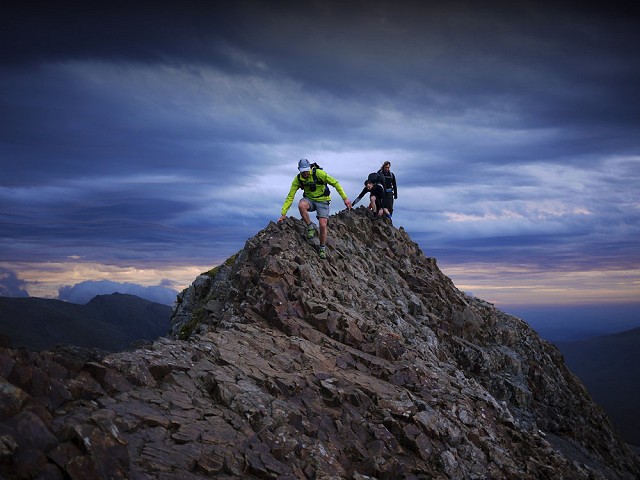
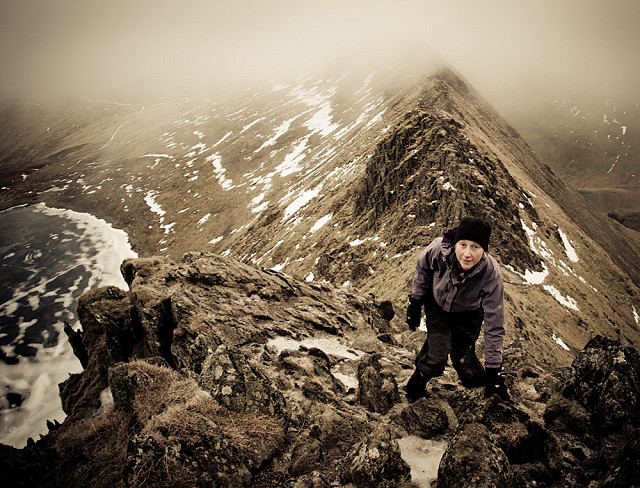
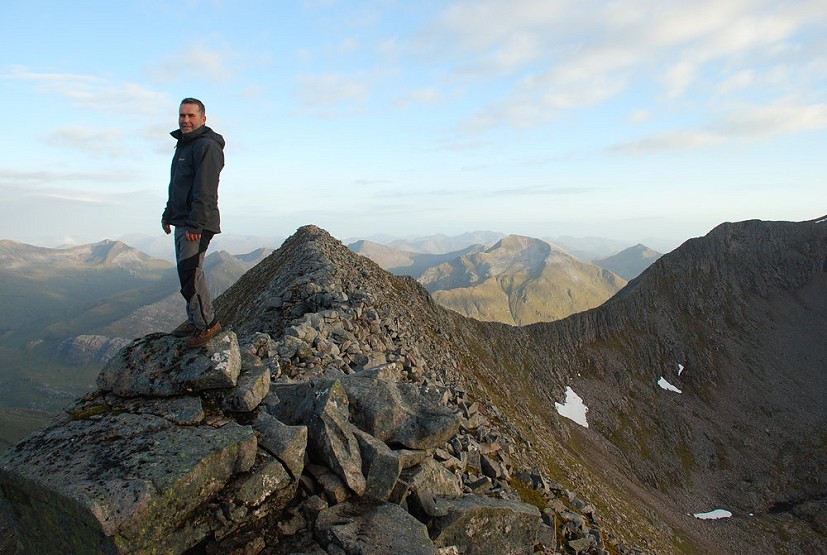
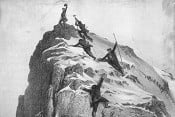


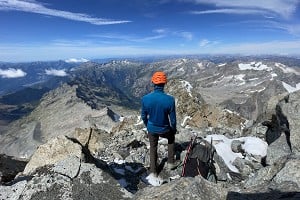
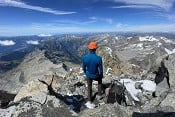




Comments